Digital in Architecture
DIGITAL – The ‘Digital’ in Architecture and Design
Patrik Schumacher

Fordism Postfordism
The digital in architecture and design refers to the use of computational design processes and their manifest effect on the architectural outcome, rendered or built.
Due to the continuous progress in digital design tools and methods ‘the digital in architecture’ is a moving target that can only be pinned down temporarily. My approach here is therefore at once historical and future oriented.

Yokohama Terminal MAXXI Phaeno Arnhem Central Station
The digital is of course part and parcel of the technological transformations that sweep through all aspects of our civilisation impacting and indeed upgrading our lives via the digitalisation of all products, services and professional disciplines.

Foldism Blobism Swarmism
The digital in architecture is thus inevitable, must be understood, embraced and push forward. That this has to be explicitly emphasized in the year 2019 is rather sad and alarming.

Tectonism: Integration of Engineering Logics: Environmental, Structural, Material
My focus will here be on the discipline’s acquisition of new, sui generis design capacities in distinction to the mere automation of prior ways of design, i.e. mere digital drafting or mere visualisation is not of interest here.

Expressive Versatility of Tectonism
A truly transformative ambition has been the hallmark of the avant-garde’s investment into the digital from its beginnings 25 years ago.
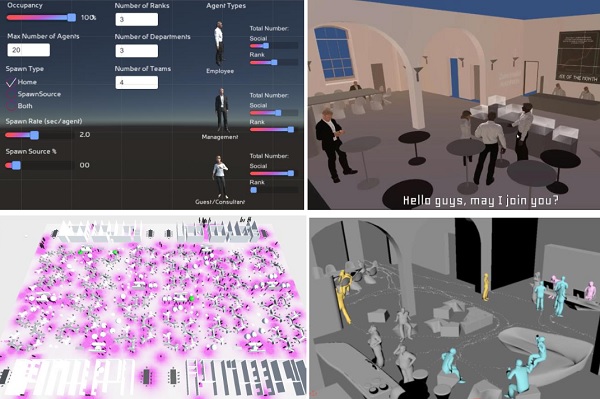
ZHA/Angewandte: Research project: Agent-based Parametric Semiology – Life Process Simulations. Research leader: Patrik Schumacher; ZHA Research Team: Tyson Hosmer (team leader), Soungmin Yu, Sobitha Ravichandran, Michael Fuchs; Angewandte Team: Robert Neumayr (team leader), Daniel Bolojan, Josip Bajcer, Bogdan Zaha.
The new digitally empowered design capacities and repertoires that have since been elaborated imply indeed a new characteristic architectural language, and have manifested a new style with epochal ambitions: Parametricsimi.
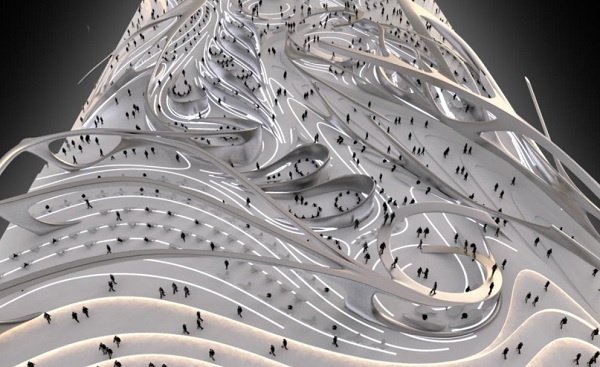
AADRL 2017-2019, Constructing Agency – Studio Patrik Schumacher & Pierandrea Angius. DRL Team Students : Suyang Li, Simon Perez, Irfan Bhakrani, Prabhat Arora;
However, an ambitious concept of style involves more than a new architectural language; it implies a whole new paradigm for the design disciplines, with new purposes, values and related design methodologies that are congenial both to the societal challenges posed and to the technological opportunities offered by the new digital civilisation.
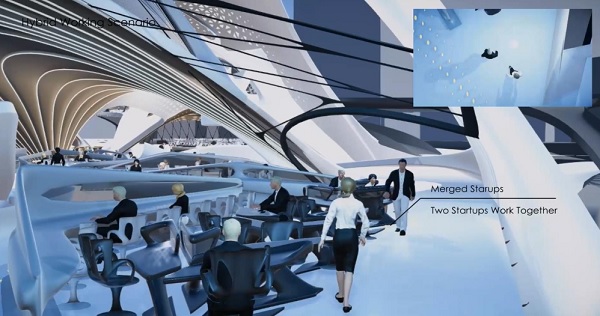
AADRL 2017-2019, Constructing Agency – Studio Patrik Schumacher & Pierandrea Angius. DRL Team Students : Pendar Golfeshan, Alaa Ikbaieh, Omar Quaddoura, Otrebor Lavado
The unprecedented level of dynamism in social interaction processes in contemporary creative industry work environments calls for adaptive, responsive and indeed creative built environments.
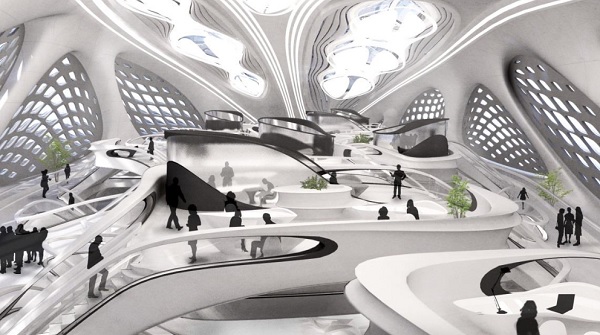
AADRL 2017-2019, Constructing Agency – Studio Patrik Schumacher & Pierandrea Angius. DRL Team Students : Caleb Baldwin, Zhao Yuxuan, Xu Yuzhi, Cho-long Baek
The discourse of so called ‘intelligent buildings’ has to be radicalized and related to the core competency of architectural design, namely the ordering of social interactions. If these patterns of interaction become increasingly variable this implies the demand for an unprecedented level of real time spatial flexibility.
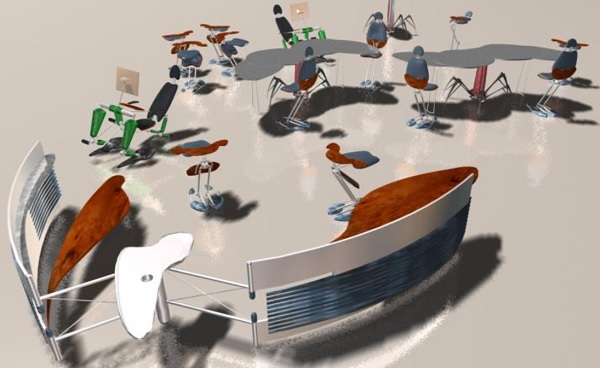
Interactive Robotic Fields, Marcel Ortmans, Ivan Subanovic, Markus Ruuskanen, I Yu, AADRL 1999/00
This demand can be better met by responsive, or better still creative environments. The architectural elements that semiologically inform and order the social processes must themselves become active, intelligent agents.




























Comments